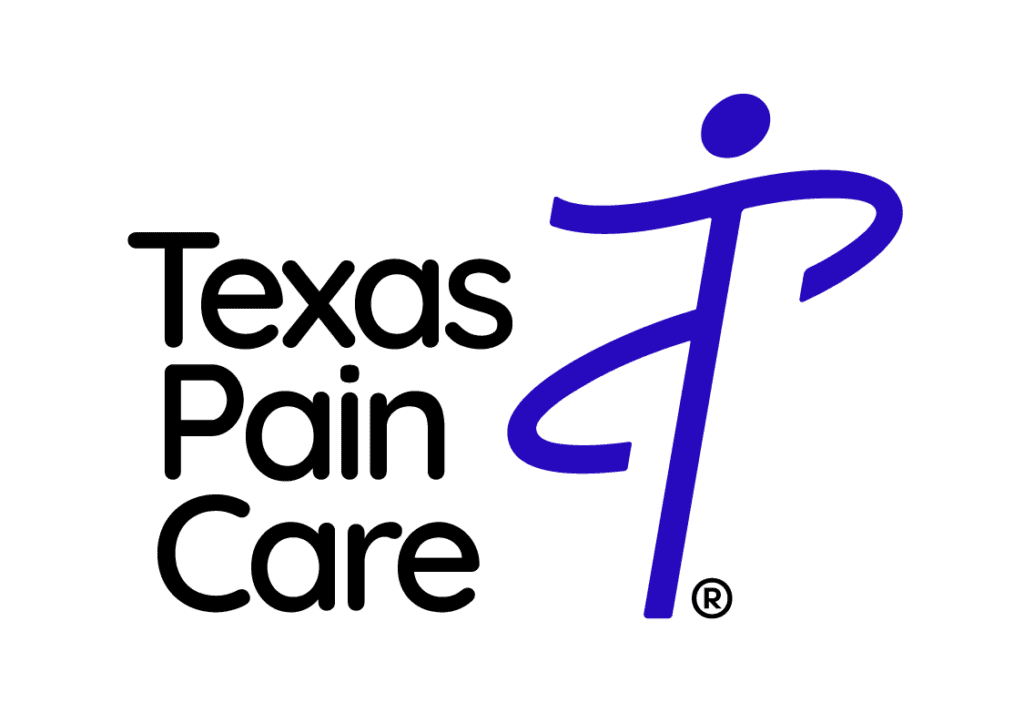
For athletes and those who live an active life, there’s nothing better than enjoying their favorite sport or sports year round. That is, until tendon pain starts to strike. Most often the result of repetitive movements or a traumatic event, tendon pain can cause a person to sit on the sidelines








